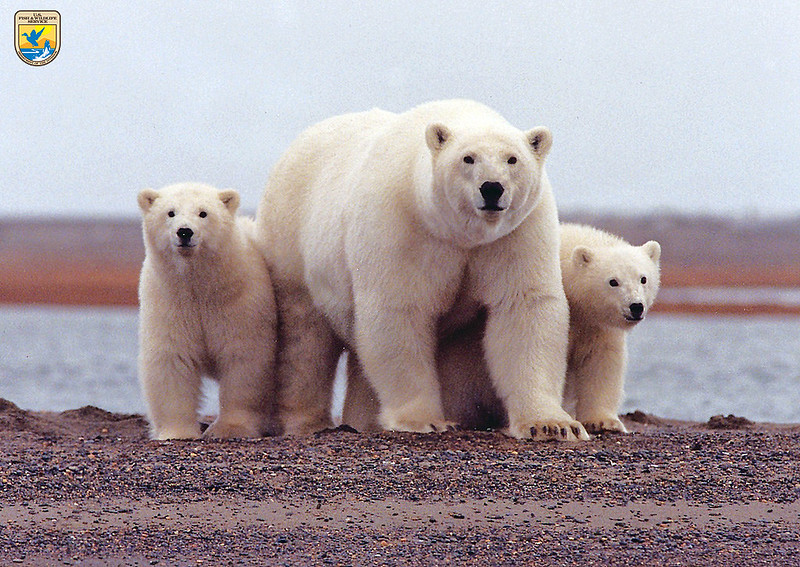 If you live in a city, you probably only encounter typical animals such as cats, dogs, and birds.
If you live in a city, you probably only encounter typical animals such as cats, dogs, and birds.
But the residents of a town in Russia recently found themselves face to face with an unexpected species - polar bears.
Let’s talk about the problems polar bears can pose for Arctic settlements and why their normal habitat is at risk of disappearing.
Too Many To Bear
Ryrkaypiy, a village with about 700 people, is located in Russia’s northeastern Chukotka district.
 Standing on the shore of the Arctic Ocean, it frequently has to brave the Arctic’s freezing temperatures, inhospitable terrain, and wild animals - including polar bears.
Standing on the shore of the Arctic Ocean, it frequently has to brave the Arctic’s freezing temperatures, inhospitable terrain, and wild animals - including polar bears.
Most of the area’s polar bears live on a peninsula a few miles away from Ryrkaypiy, with only a few bears occasionally approaching the village.
But this week, over 50 polar bears wandered into Ryrkaypiy in search of food, putting the town’s residents in danger.
Local authorities canceled a planned New Year celebration, telling people to stay indoors so that the aggressive animals will not attack them. The townspeople will be “under siege” in their homes until the polar bears leave.
This is not the first time Russia has faced an invasion of polar bears. Two years ago, Ryrkaypiy had to go on lockdown because hungry polar bears were hunting walruses right next to the village. Earlier this year, the Russian military sent troops to the Novaya Zemlya islands after bears started breaking into people’s homes.
However, locals have been complaining that the bears have started coming more often and in larger numbers than ever. If these “invasions” become a constant threat, hundreds of people might have to move away.
A Shrinking Habitat
 Although polar bears are born on land, they spend most of their life on the frozen sheets of sea ice that normally cover most of the Arctic Ocean.
Although polar bears are born on land, they spend most of their life on the frozen sheets of sea ice that normally cover most of the Arctic Ocean.
The ice gives them a place to rest and hunt their usual prey, such as seals and fish. But as temperatures rise due to global warming, the bears have started to find their habitat disappearing.
Polar bears normally go onto dry land during the summer, when the ice is at its thinnest, and wait until the ocean starts to freeze again in the fall.
But for the past few decades, the ocean has been freezing later and later in the year, and the area of the ice pack has shrunk to some of the lowest levels in history. Unable to venture out onto the ice, hungry polar bears have to forage for food on land, sometimes bringing them in contact with towns such as Ryrkaypiy.
These incidents in Ryrkaypiy and other Arctic settlements have alarmed scientists around the world, who worry about the impact of climate change on ecosystems and people.
Sources: Independent.co.uk, NASA, Polarbearsinternational.org, Gizmodo, Wikipedia








